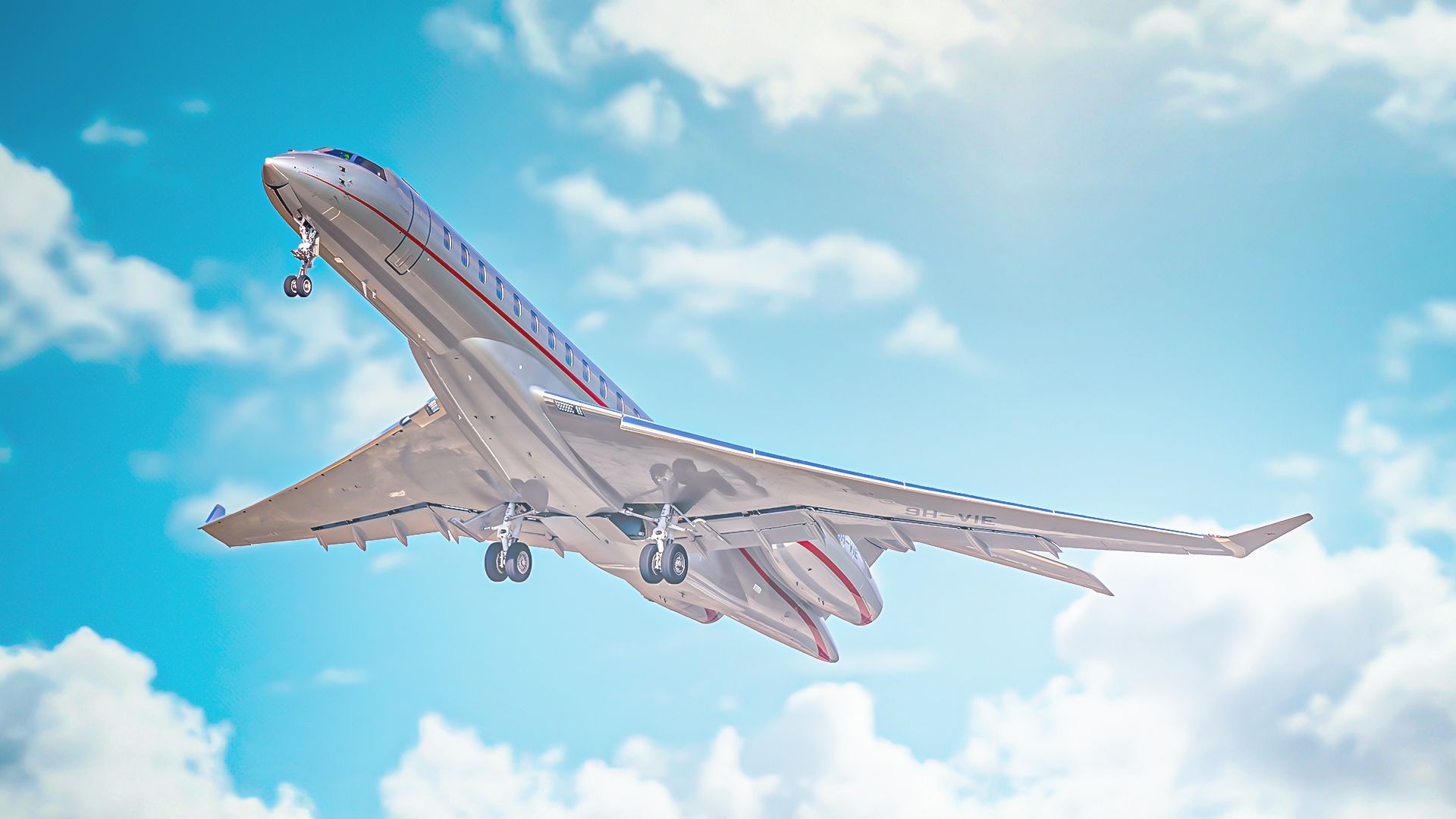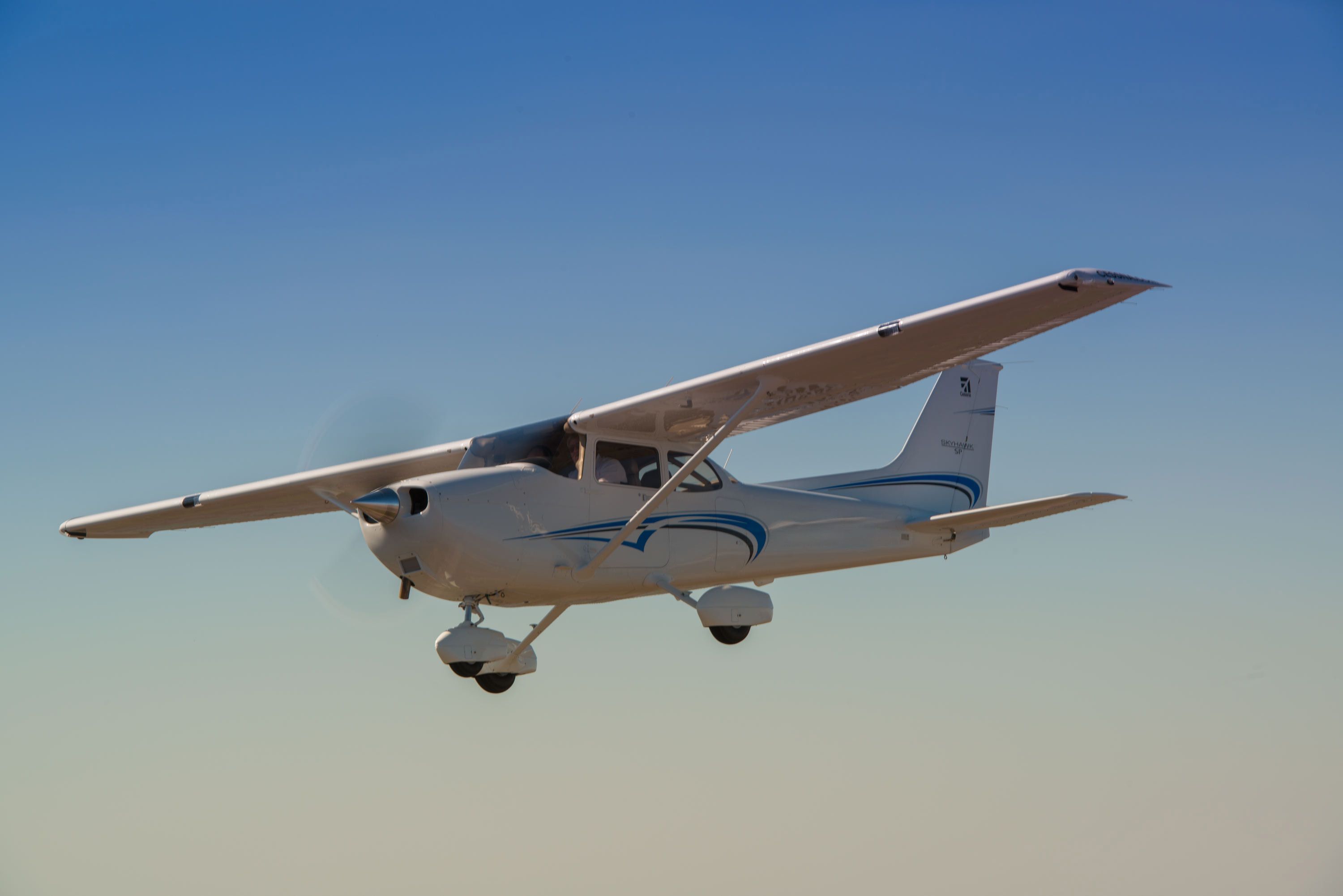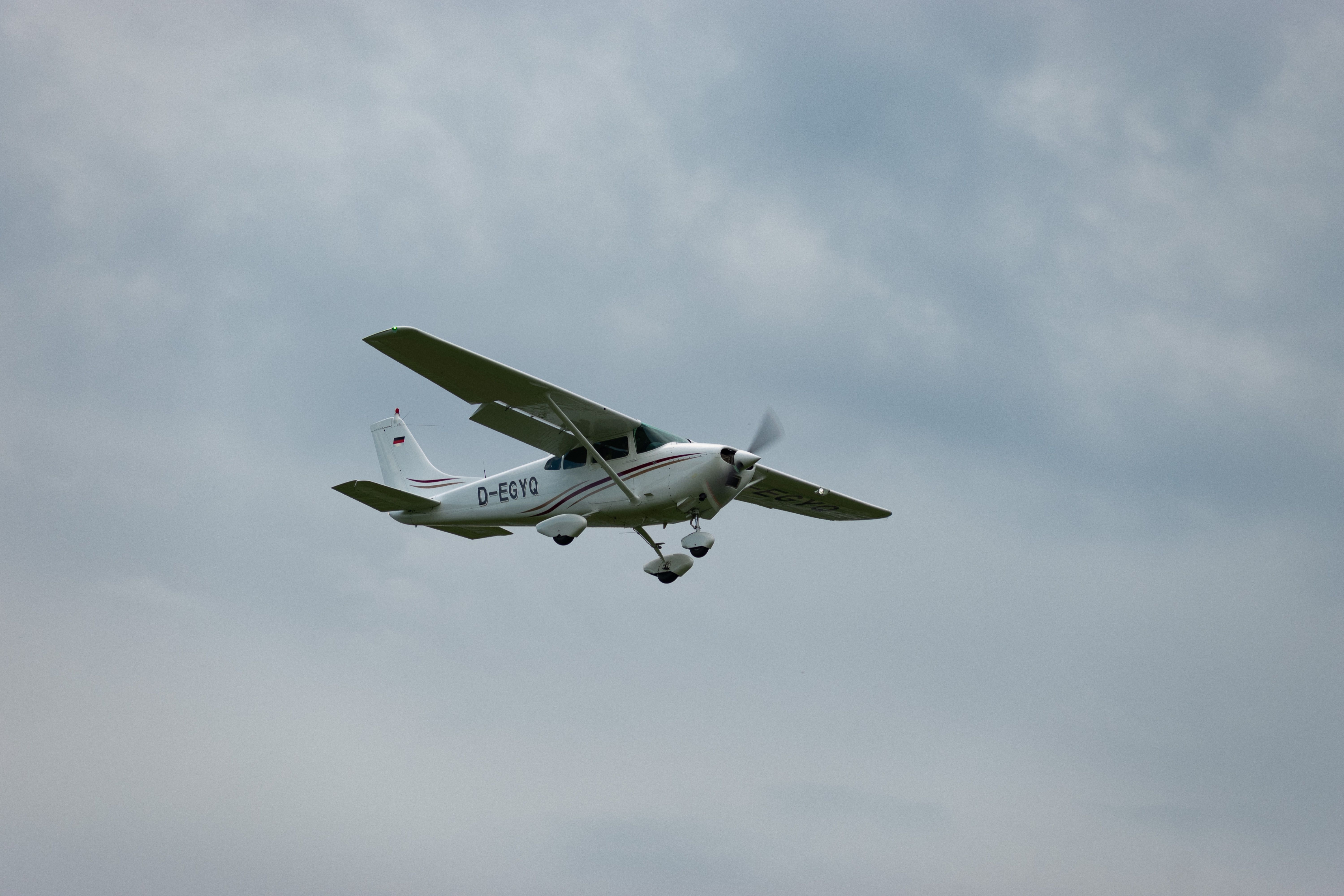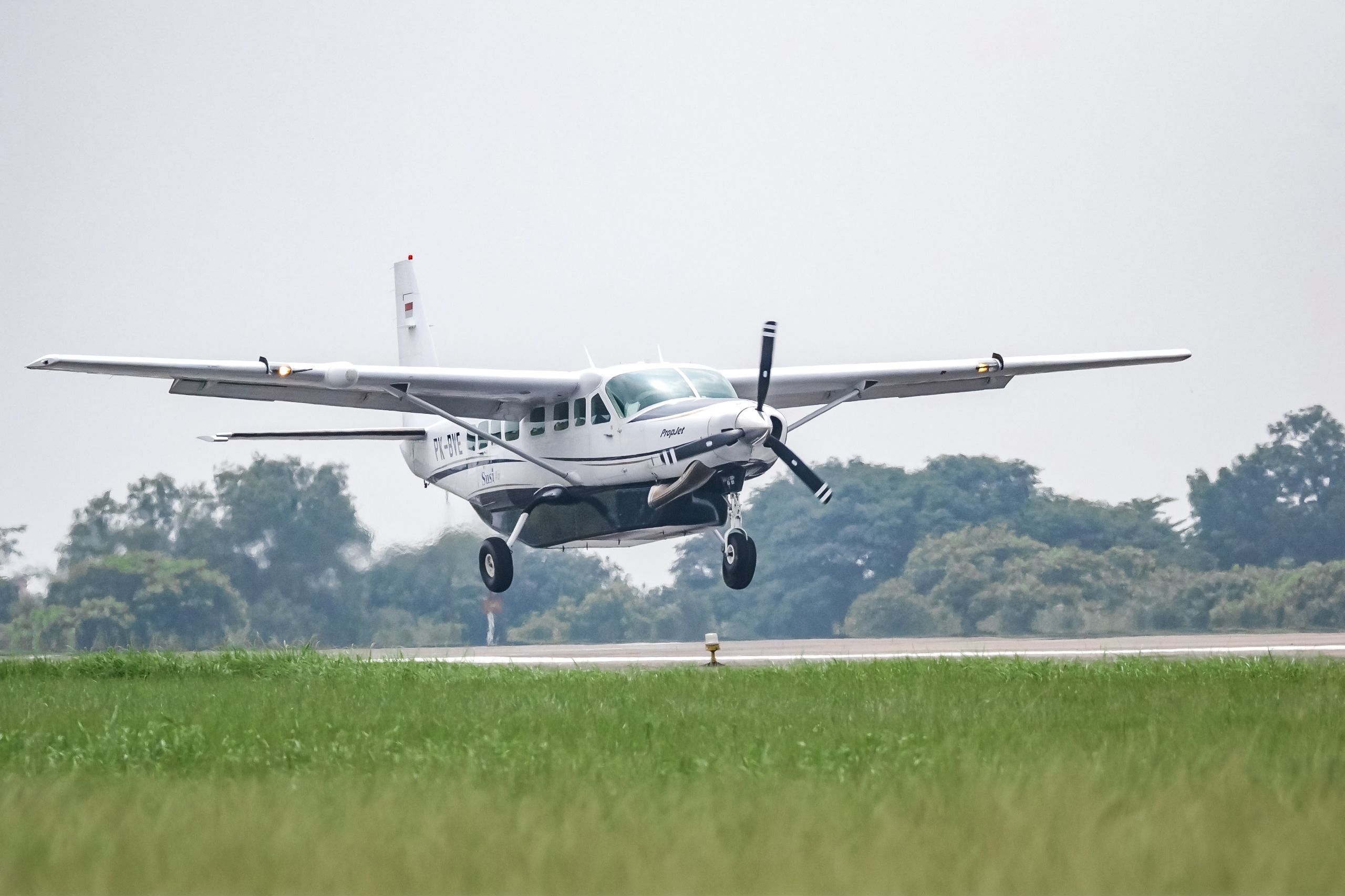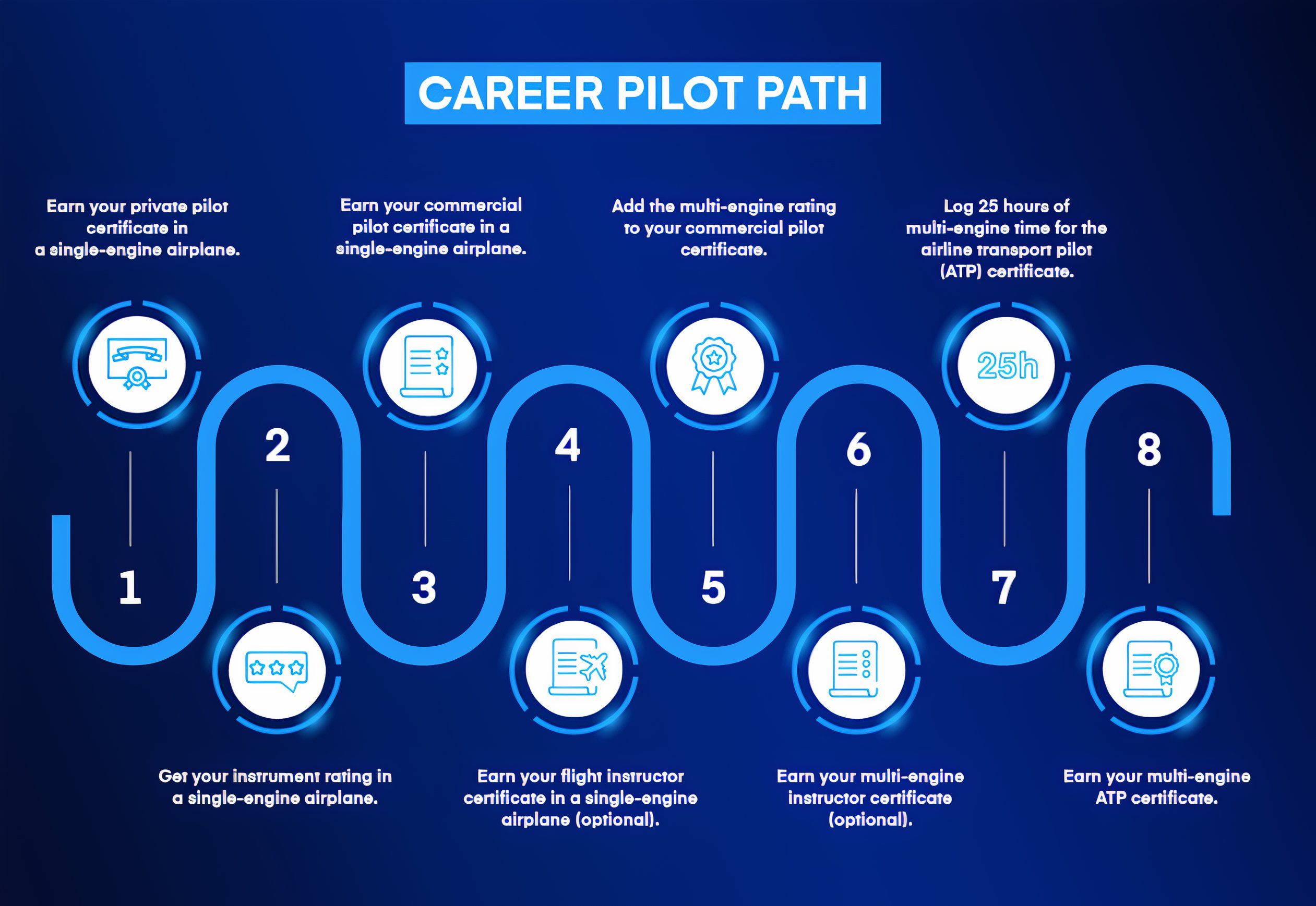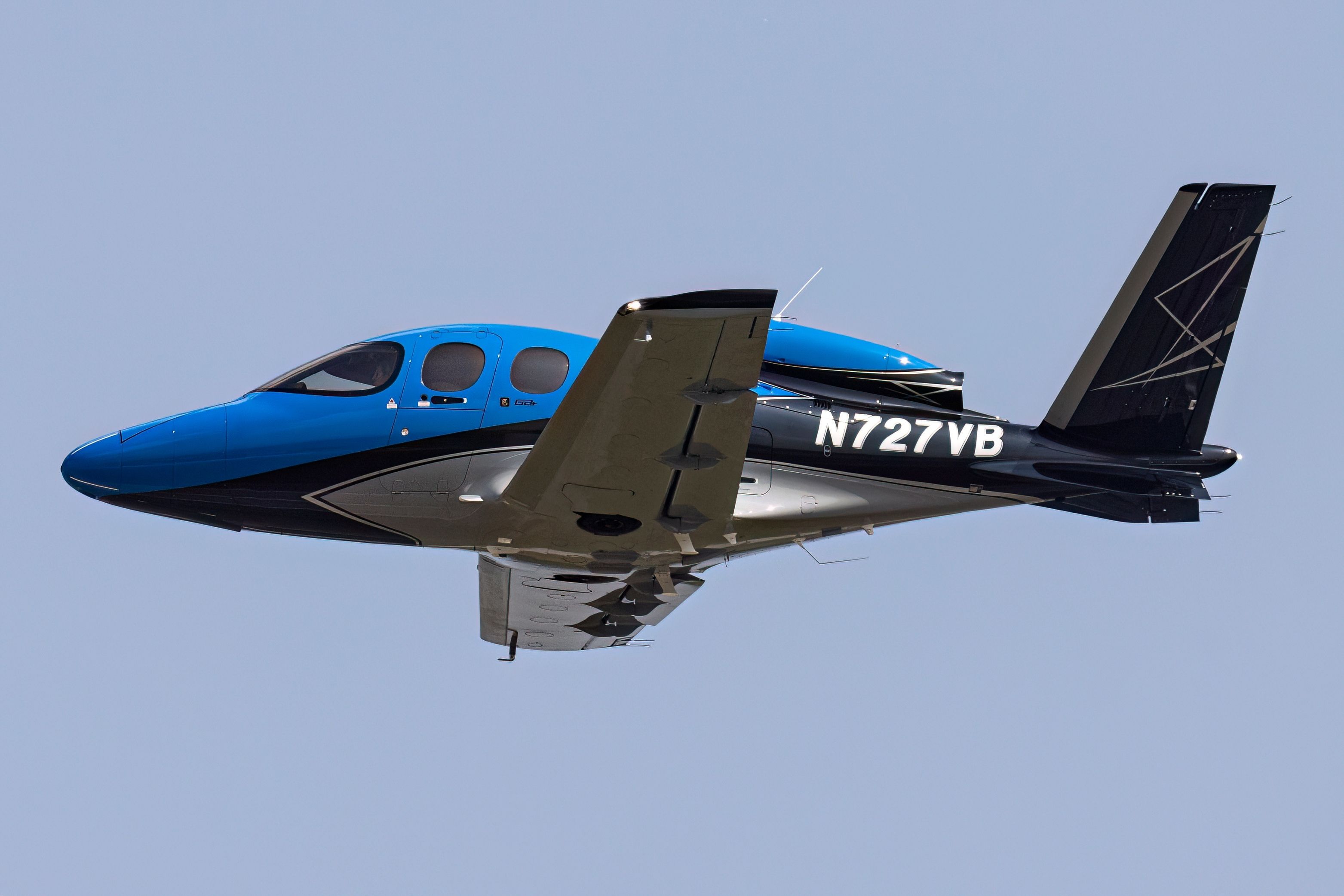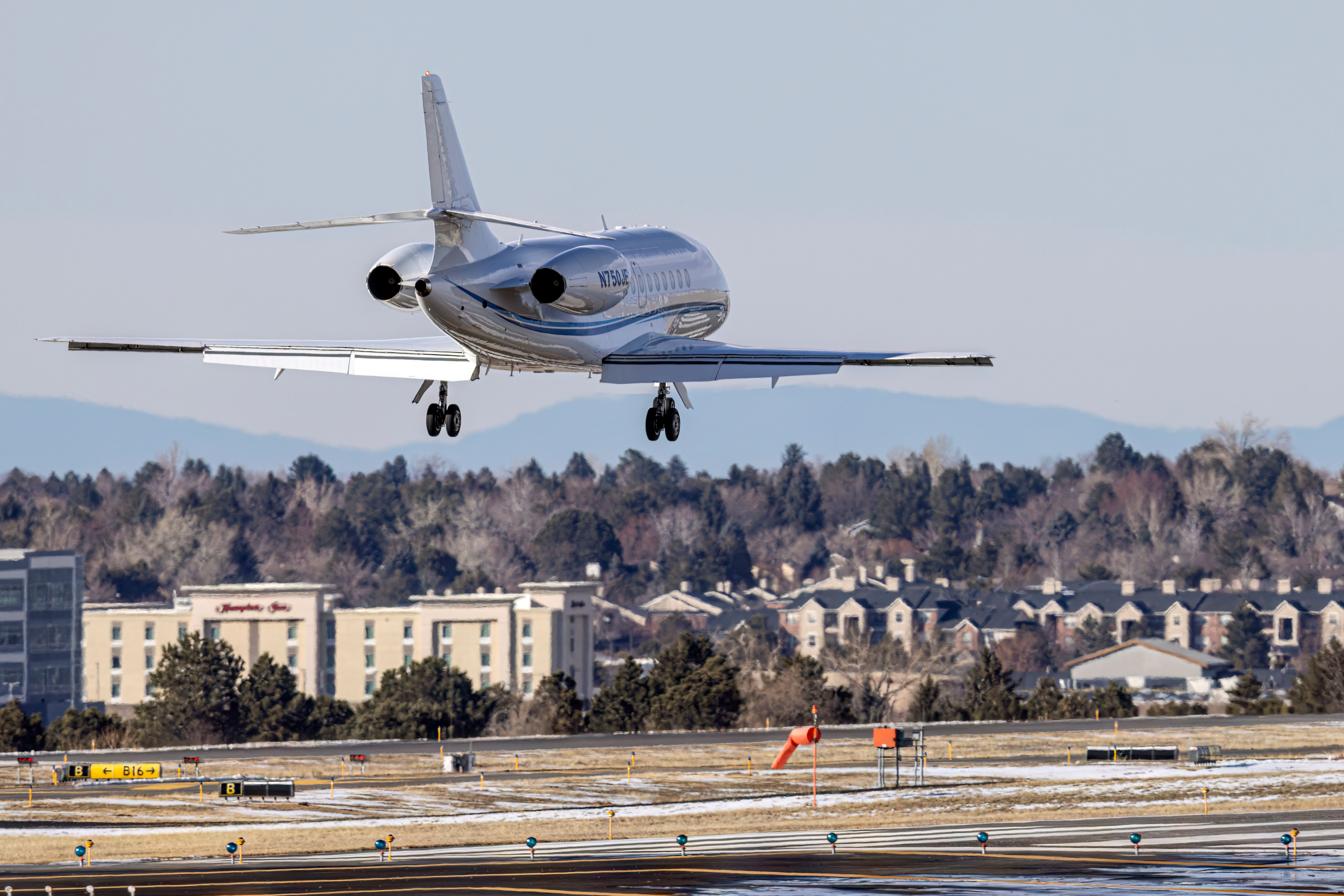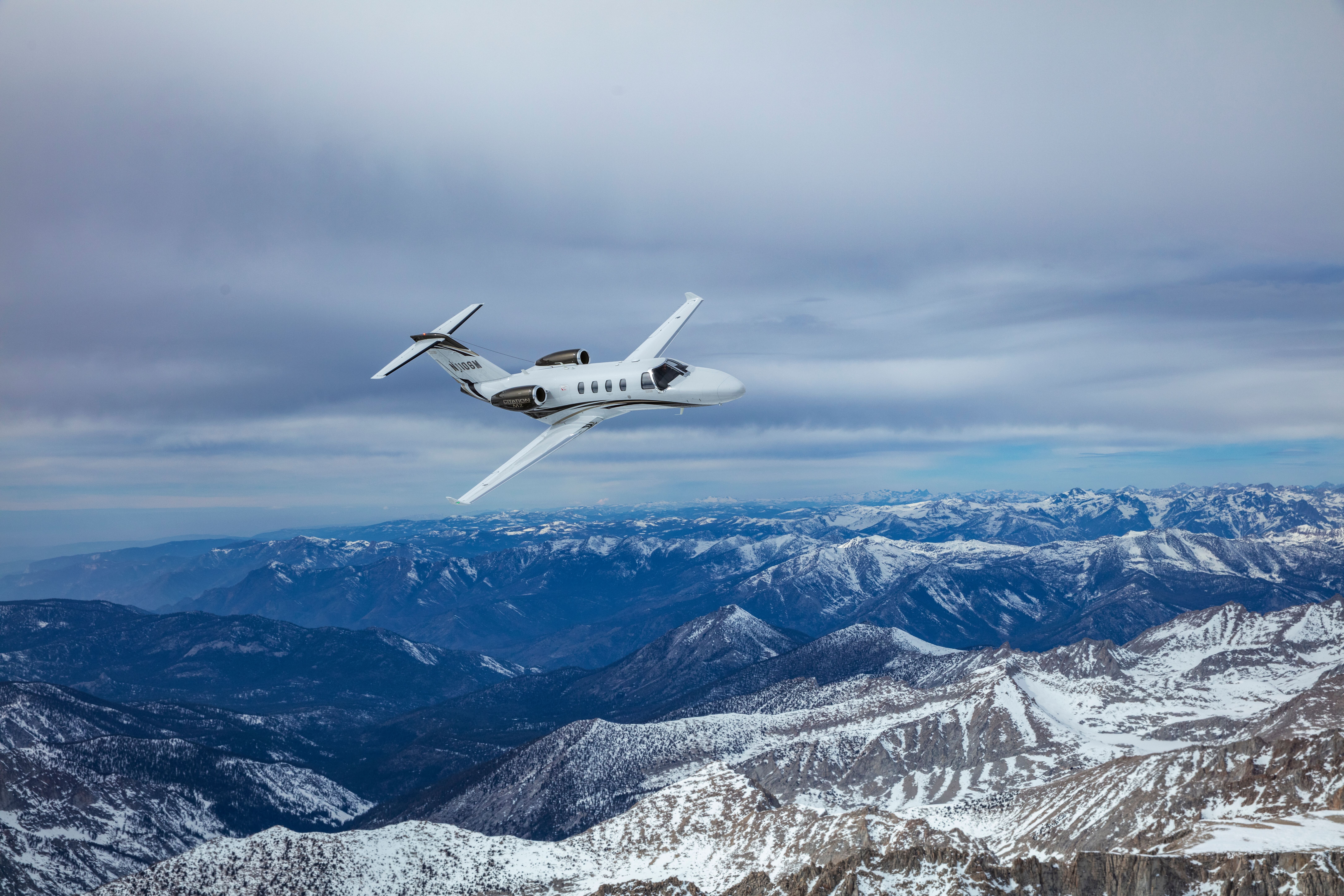Summary
- Achieving a commercial pilot license involves completing ground school, obtaining an aircraft medical examination (AME), and getting a private pilot license (PPL).
- After PPL, pilots should obtain an instrument rating for flying under instrument flight rules (IFR) and a multi-engine rating for operating multi-engine aircraft.
- A type rating certifies pilots to fly specific types of private jets, and a commercial pilot license is required to work for hire in the aviation industry.
The process of becoming a pilot is an extensive process that can be quite expensive. There are many steps to even getting one’s private pilot license, which is realistically just the first step to becoming a career pilot. In addition to just achieving one’s private pilot license, the pilot must then achieve several unique type ratings that amount to a commercial pilot license. Let’s take a closer look at what it takes to achieve a commercial pilot license, which allows pilots to fly private jets.

Related
How Much Do Private Jet Pilots Earn?
Do private jets up the salary?
1
Complete ground school
This is also a good time for the pilot to get their aircraft medical examination (AME).
Technically, attending ground school can be done at the same time as working towards getting a private pilot’s license. Ground school includes training for understanding key aviation concepts. It helps future pilots gain knowledge about the aerodynamics of the aircraft they will eventually fly, read and understand navigation maps, understand the avionics system, and learn about extensive radio communication procedures.
Photo: Textron Aviation
Ground school attendees will also become familiar with regulations put into place by the Federal Aviation Administration (FAA). An instructor can complete this in person, or it can be completed via online modules. However, an FAA-regulated exam will be administered at the conclusion of the class, so extensive studies may be required to continue through the private pilot process.
Beyond beginning ground school, future pilots should also get their aircraft medical examination (AME). There are several exam classes, each of which is required for a different license. The classes are as follows:
- Third-Class: for private or recreational pilots
- Second-Class: for commercial pilots, flight engineers, flight navigators, or air traffic control tower operators
- First-Class: for airline transport pilots
Most of the time, pilots will need a second-class AME to fly a private jet. However, if the pilot wants to continue to flying airliners, they will need to upgrade to a first-class AME. These examinations are crucial to beginning the process and should be done early on to ensure the pilot is physically able to fly.
2
Get a private pilot license (PPL)
This includes around 40 hours of flight time as a minimum.
As previously mentioned, ground school can also be completed in parallel with working towards a PPL. However, ground school must be completed before certain aspects of the PPL process, like flying solo. There is no age requirement to begin flying and working on a PPL. However, a trainee must be 16 to fly solo and 17 to be granted a PPL.
Photo: Robert Buchel | Shutterstock
During the PPL process, trainees will work directly with an instructor and further their knowledge of flying an airplane. This includes practicing takeoffs, landings, and cruising under the direct supervision of an instructor. After 40 hours of flight time, which includes at least 20 hours with a licensed instructor and 10 hours of solo flight, the trainee is eligible to receive their PPL. They also must pass a check-ride and another written exam prior to receiving their PPL. Once the PPL is achieved, the trainee officially becomes a pilot and can fly a single-engine airplane under several restrictions.
3
Instrument rating
This allows a pilot to fly under instrument flight rules (IFR).
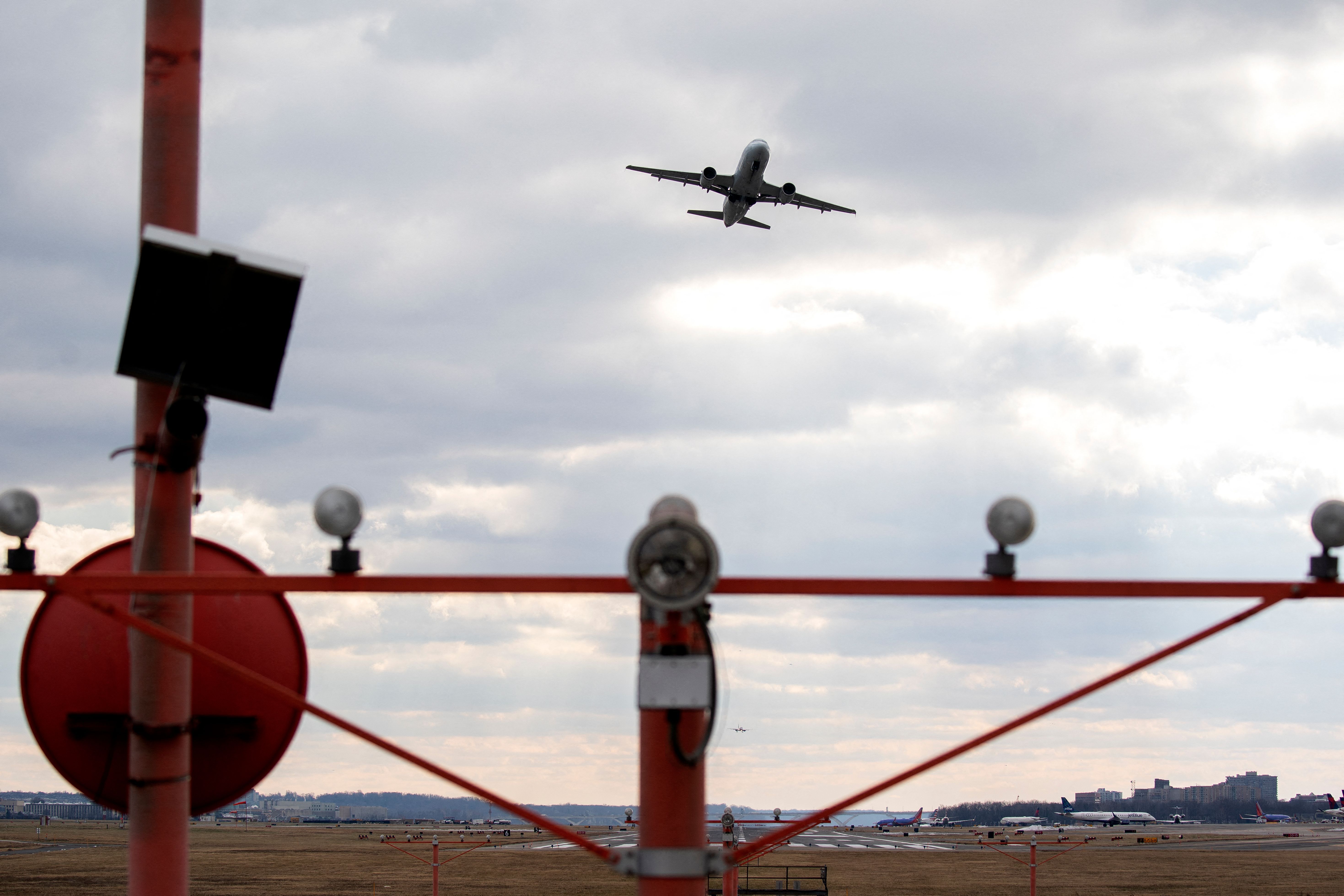
Related
The Differences Between IFR And VFR Flying
Flying VFR is very different to flying IFR.
The PPL achievement allows the pilot to fly under visual flight rules (VFR). This means the pilot can navigate an aircraft by looking outside the aircraft at landmarks. However, the pilot is unable to fly through clouds or other weather conditions.
Photo: Ivan N Patmadiwiria | Shutterstock
After achieving a PPL, a pilot should get rated to fly on instrument flight rules (IFR). This certificate, or rating, allows pilots to fly through inclement weather, including precipitation and low visibility. It also allows the pilot to fly at altitudes above 18,000 feet, where many cloud groupings occur. An IFR rating means that the pilot can navigate the aircraft using mostly the avionics and navigation systems within the aircraft. Additional flight testing is required to receive an instrument rating, another exam, and a check-ride.
4
Multi-engine rating
Pilots can then fly aircraft with multiple engines.
The next step for a pilot is to receive another rating. However, up until this step, pilots had most likely been operating only single-engine trainer aircraft. Pilots must receive a multi-engine rating to fly an aircraft with multiple engines. This is obviously necessary for operating most private jets, as the majority have multiple engines mounted on the fuselage, excluding the Cirrus SF50 Vision Jet.
Photo: Blue Baron Photo | Shutterstock
This is slightly different from other ratings, as no official exam is required. However, an oral exam and check-ride is still required to be able to fly multiple engines.
5
Type rating
This is dependent on what type of business jet that the pilot intends to fly.
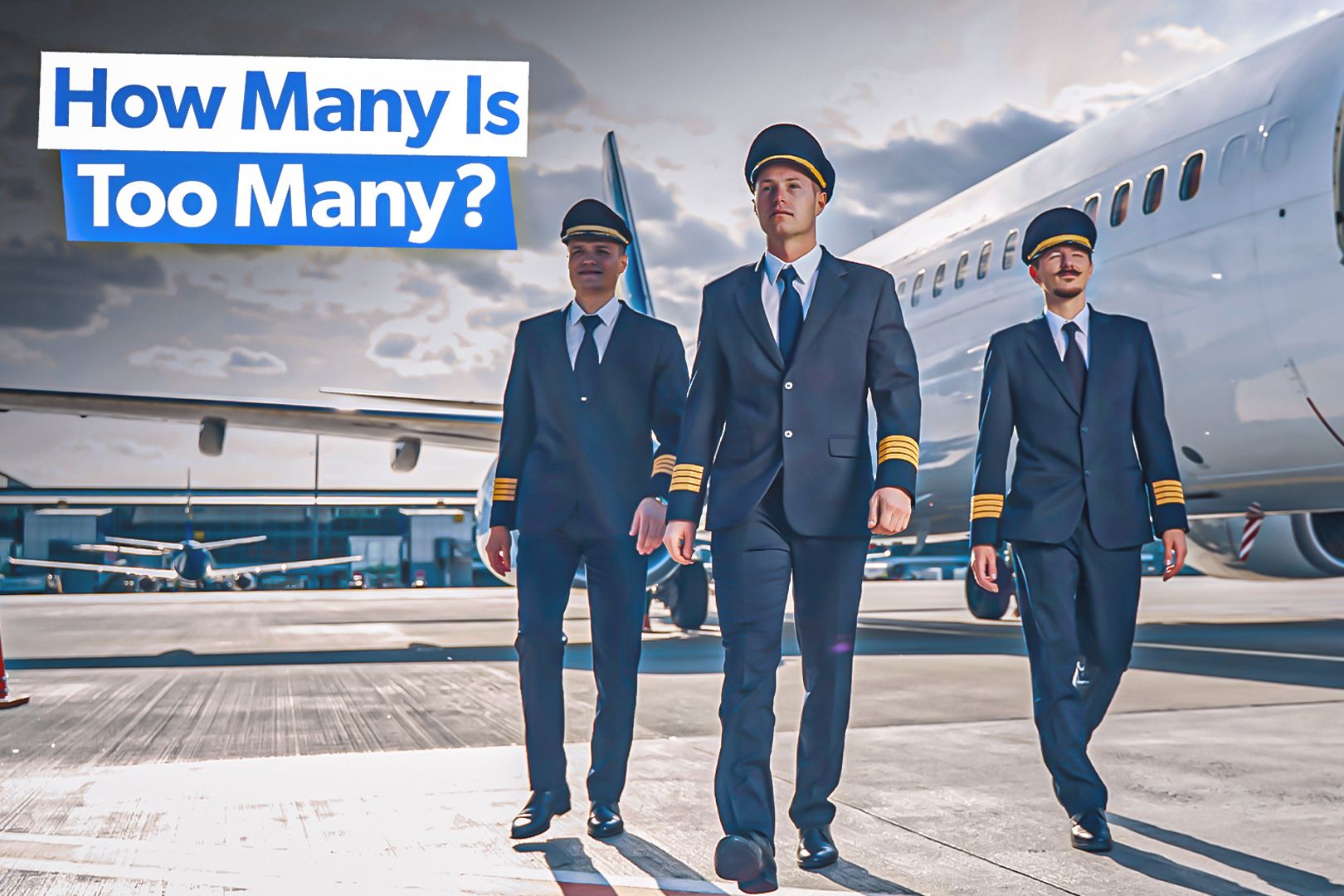
Related
How Many Type Ratings Can A Pilot Have?
Exploring the limits and intricacies of collecting multiple type ratings in the aviation industry.
A type rating certifies a pilot from flying a certain type of private jet. Certain manufacturers and training companies have different requirements for different types of aircraft, so the path to achieving a type rating may be slightly different from plane to plane. In most cases, a pilot must be able to complete a check-ride in a specific type of aircraft and will be judged based on airline transport pilot (ATP) standards.
Photo: BlueBarronPhoto | Shutterstock
6
Commercial pilot-license
It is not necessary to fly a jet, but it is necessary to fly for hire.
After achieving a type rating, pilots are eligible to fly that specific business jet, depending on the type rating received. However, this doesn’t allow pilots to fly private jet charters or to fly for hire. A commercial pilot license is required to work for a company that operates for hire.
Photo: Textron Aviation
A commercial pilot license requires the following endorsements:
- High-performance endorsement: flying an aircraft with engines over 200 horsepower
- High-altitude endorsement: flying an aircraft with a maximum operating altitude of over 25,000 feet
- Complex endorsement: flying an aircraft with complex features that are defined as adjustable flaps, controllable pitch propellor, or retractable landing gear
These endorsements are typically approved by regulated instructors. Beyond the above endorsements, a pilot must achieve at least 250 flight hours, including 100 hours as a pilot in command and 50 hours of cross-country flying. After passing additional knowledge tests and an in-depth check-ride, the commercial license is achieved. This allows the pilot to work as a charter pilot, corporate pilot, cargo pilot, or air ambulance pilot, among other roles.

